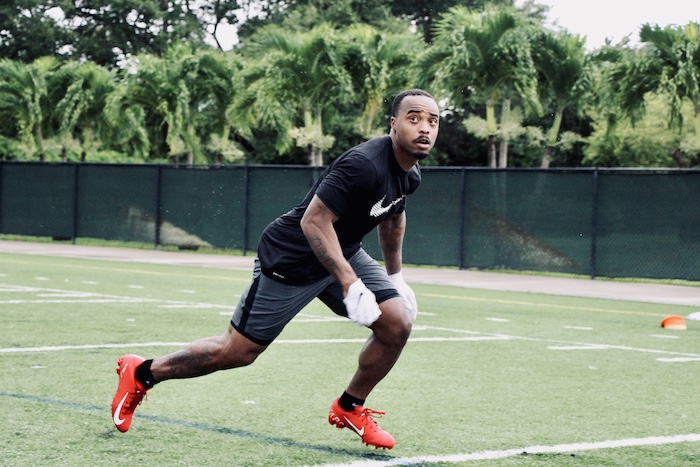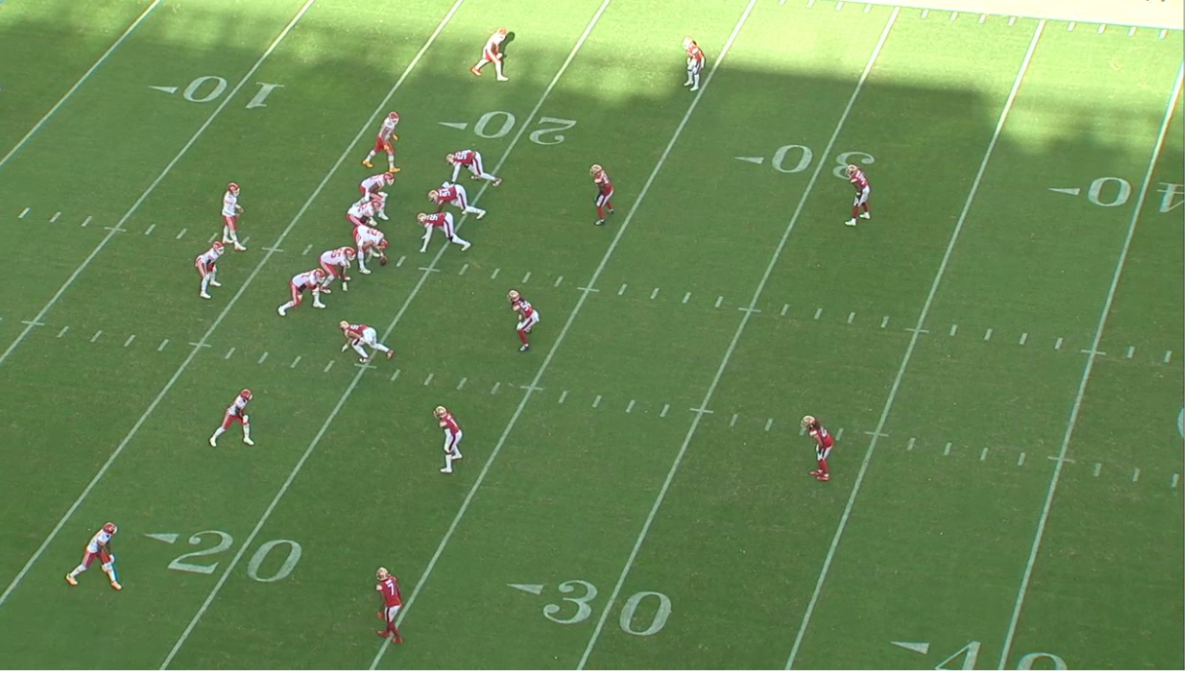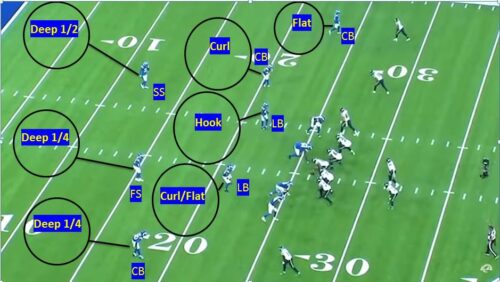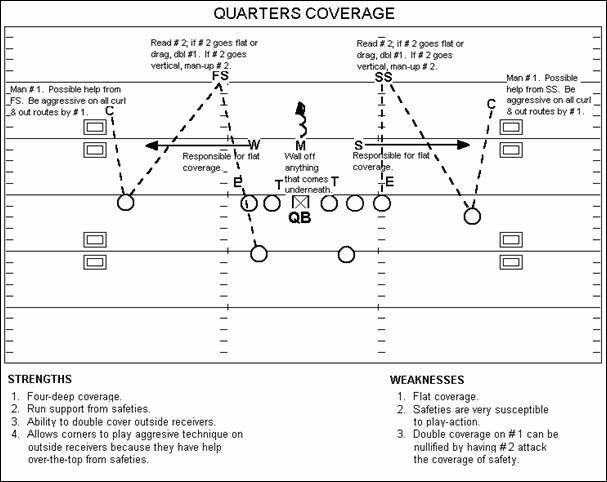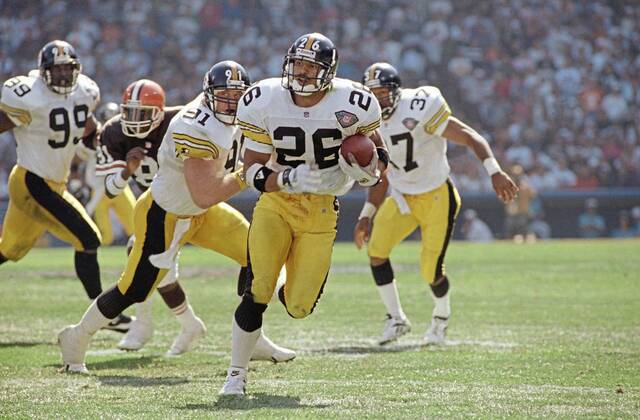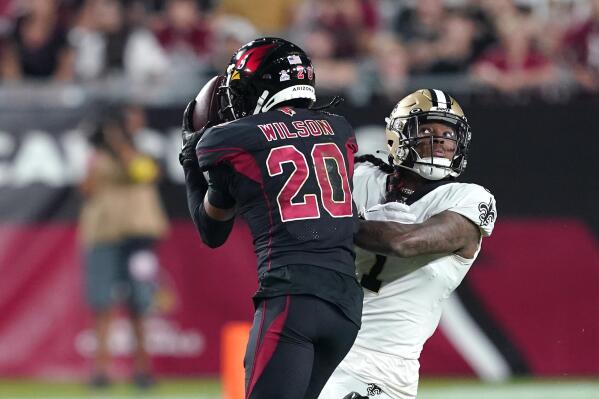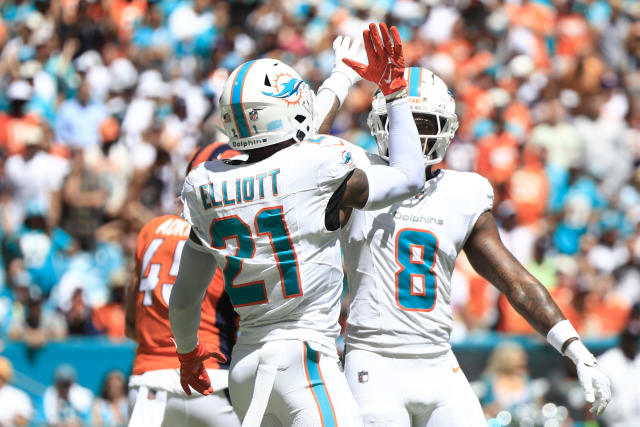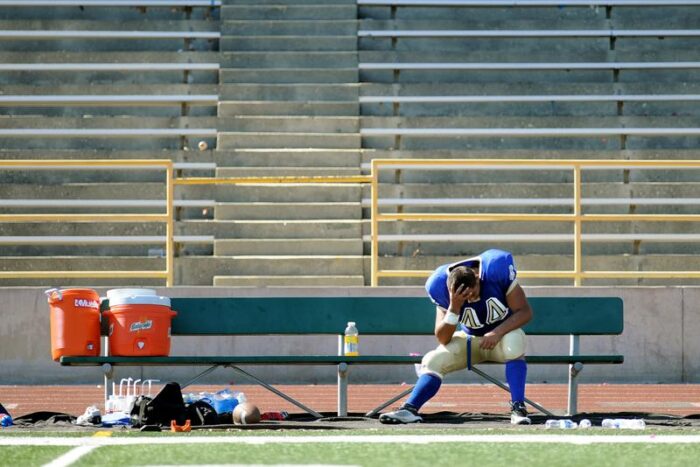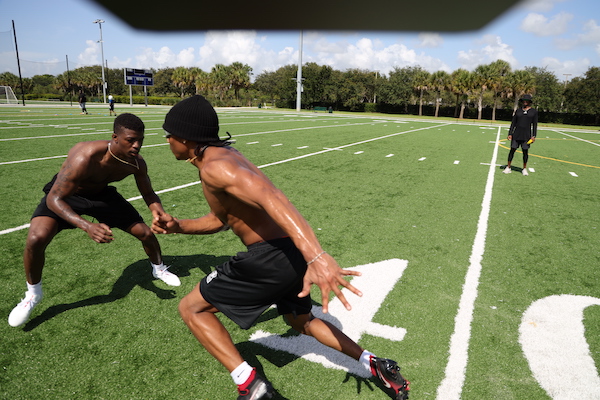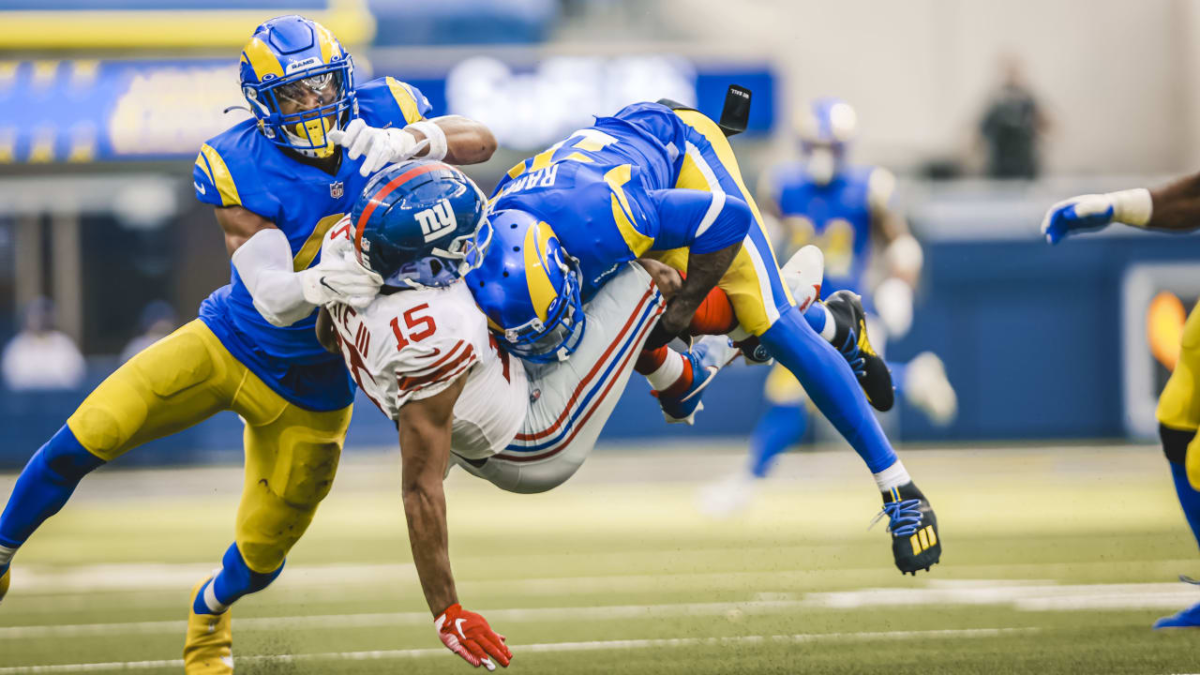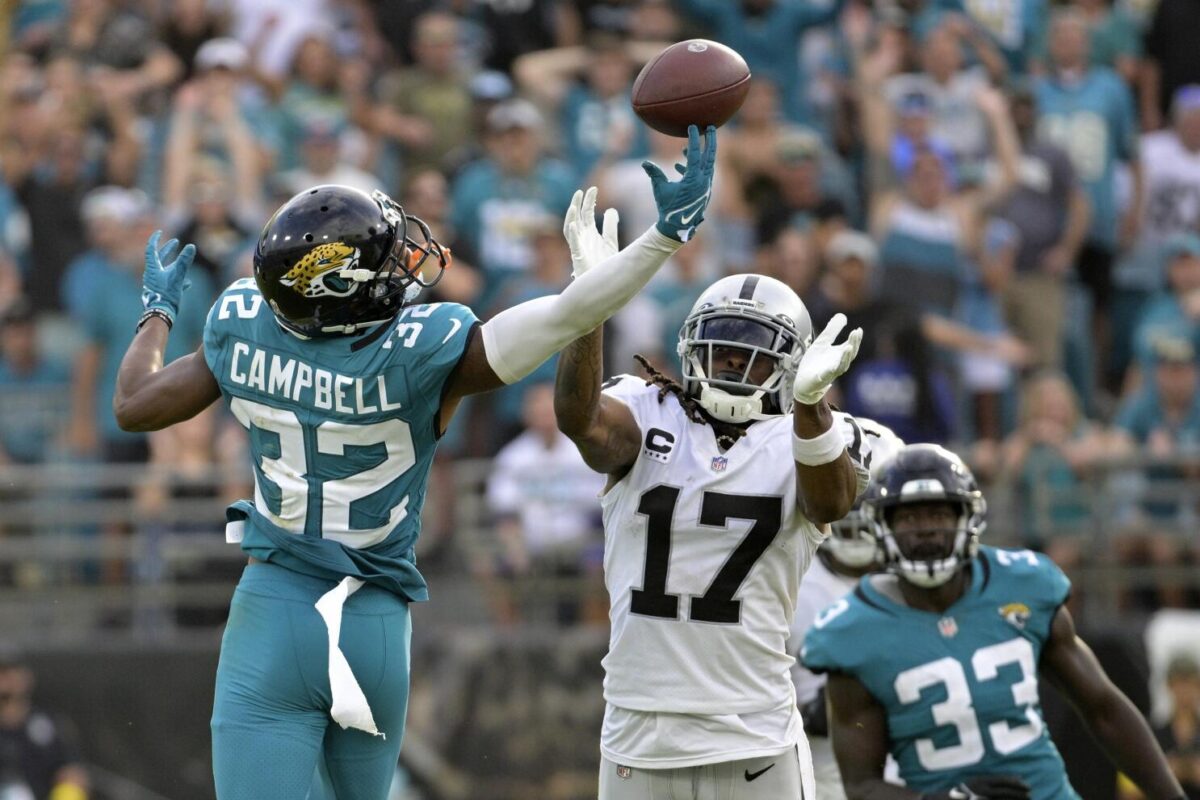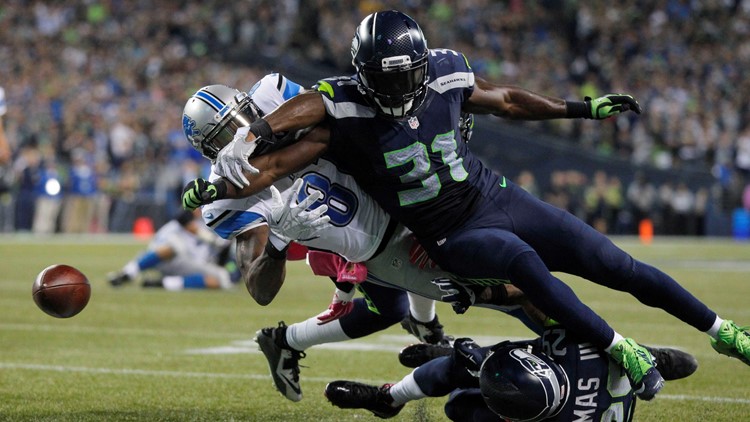If you play or coach the position of defensive back, you know that there is no better feeling than getting your hands on the football. Some guys are better at it than others and in this article we will honor the best ballhawks to ever play the game.
Getting interceptions at a high rate as a defensive back comes from having sound technique, incredible work ethic, a high IQ and God given ability. The men on this list were not only physically gifted but known as students of the game. They put their time in figuring out what the offense was trying to do to them. If you want to play like the ballers on this list, take some time to get to know them and study what made them good at what they do.
The list below displays the top 10 interceptors of the football in my opinion over the last 50 years of the game.
1 – Ed Reed
No list of ballhawk defensive backs is complete without the inclusion of Ed Reed. The former Baltimore Ravens safety is widely regarded as one of the greatest defensive players in NFL history. Reed’s ability to read quarterbacks’ eyes and make acrobatic interceptions set him apart. Over his illustrious career, Reed recorded an impressive 64 interceptions, with nine of them returned for touchdowns. His playmaking prowess earned him numerous accolades, including the 2004 NFL Defensive Player of the Year. Not only did Reed catch interceptions but he also had a knack for taking them to the house. Reed holds the record for the longest interception return for a touchdown in NFL history (107 yards). He’s also the only player in NFL history to have two 100+ yard interception returns. In his career, Reed had seven pick sixes.
2 – Rod Woodson
Rod Woodson’s versatility as a defensive back was matched only by his exceptional ballhawking skills. Woodson spent the majority of his career with the Pittsburgh Steelers and the Baltimore Ravens, amassing an impressive 71 interceptions, the third-highest in NFL history. His ability to seamlessly transition from cornerback to safety and still maintain a high level of playmaking made him a nightmare for opposing quarterbacks. Woodson holds the NFL record for the most pick sixes with 12 and accomplished the feat by returning his last interception 98 yards for a touchdown.
3 – Charles Woodson
Charles Woodson’s longevity in the NFL is a testament to his exceptional skill set. The former Green Bay Packers and Oakland Raiders cornerback/safety retired as one of the most decorated defensive backs in league history. Woodson’s 65 interceptions, coupled with his uncanny ability to time his plays perfectly, showcased his enduring ballhawking prowess. Even in the latter stages of his career, Woodson continued to make game-changing interceptions, solidifying his legacy as one of the greatest defensive backs of all time. Few players in NFL history had more ball production done Woodson who added 33 forced fumbles and 18 fumbles to his impressive interception total.
4 – Darren Sharper
Sharper became infamous for very unfortunate reasons but the truth of the matter is that you can’t deny what he did on the football field as a defensive back. Sharper’s 63 interceptions are tied for 8th all time in NFL history. His 11 pick sixes are tied for 2nd in NFL history. Sharper also owns the NFL record for the most interception return yards in a single season with 375 yards in 2009. The 2nd round pick from William & Mary College left the game in disgrace but he was a true menace to offenses on Sundays while he was a player.
5 – Ronnie Lott
Ronnie Lott was known for his bone-crushing hits, but his prowess as a ballhawk should not be overlooked. The San Francisco 49ers and Los Angeles Raiders safety accumulated 63 interceptions during his career. Lott’s physicality and football IQ allowed him to read plays effectively, making him a constant threat to opposing passing attacks. Lott’s ability to create turnovers played a pivotal role in the success of the teams he played for. Since he was most known for his big hits at the safety position, few remember that Lott entered the NFL as a cornerback. In his first five seasons in San Francisco, Lott totaled 23 interceptions playing out on the island. In what was typical of the 49ers in those years, they made a genius move by turning him into a safety in year six which paid off immediately with a 10 interception season and an all pro bid. Lott’s 63 interceptions tie him for 8th all time in the NFL and he’s the first player on this list have a double digit interception season in his career.
6 – Deion Sanders
Deion “Primetime” Sanders was not only a shutdown cornerback but also a maestro when it came to intercepting passes. Sanders had a flair for the dramatic, and his interceptions often turned into electrifying returns. With 53 career interceptions, including nine returned for touchdowns, Sanders showcased that he could not only lock down receivers but also change the momentum of a game in an instant. Perhaps Sanders did not have the most interceptions in this group or the most pick sixes on this list but no one pimped out interceptions more than Sanders. Perhaps he would have had more interceptions in his career if quarterbacks weren’t so petrified to throw in his direction. The mere sight of Sanders high stepping while staring at them was too much for most quarterbacks during his era to bare.
7 – Mel Blount
Mel Blount revolutionized the cornerback position with his physical style of play. The Pittsburgh Steelers legend was not only a shutdown corner but also a ballhawk in every sense of the word. Blount’s 57 career interceptions, including two returned for touchdowns, showcased his ability to create turnovers. His imposing presence in the secondary changed the way offenses approached passing against the Steelers during their dominant era in the 1970s. Typically, cornerbacks with Blount’s style aren’t known to be big interceptors. However, Blount was able to blend his “beat em up” style at corner with the poetic moves of a thief when the moments called for it. Two things typically happened to a wide receiver when they lined up across from Blount. They either didn’t make it off of the line of scrimmage or they watched him catch a ball intended for them. Blount set the tone for virtually every other cornerback appearing on this list.
8 – Everson Walls
Walls is easily the most underrated player on this list. Though he played for America’s Team during a time when they were always in the hunt for the Lombardi Trophy, Walls rarely gets mentioned as one of the greats at the position. When you consider his numbers and production, you have to ask yourself why. Walls came into the league as an undrafted rookie back when there were 12 rounds in the draft. Despite that, he grabbed 11 interceptions as a rookie and went to the Pro Bowl. Perhaps even more impressive than that was him following up his second season with 7 despite a player’s strike cutting the season in half. All told, Walls tallied up 57 interceptions in his career to tie him with greats like Mel Blount for 13th all time. He’s also one of only five players on this list to have a double digit interception season.
9 – Ty Law
Ty Law’s impact on the biggest stage, particularly in Super Bowls, cements his legacy as a ballhawk. The former New England Patriots cornerback intercepted 53 passes in his career, showcasing his ability to make game-changing plays. Law’s knack for stepping up in crucial moments, exemplified by his pick six in Super Bowl XXXVI, underscores his ballhawking prowess on the grandest stage. Law did not just show up in Super Bowls. He also provided lockdown coverage against key opponents for Bill Belichick’s rugged defenses in the early 2000’s. Law twice led the league in interceptions including 10 he had in 2005.
10 – Asante Samuel
Often maligned for his play on the field and nowadays more known for his social media battles, Asante Samuel can’t be denied as a ball hawk. Samuel is one of only five on this list to have a double digit interception season (10 in 2006) and is 2nd to Ed Reed on this list with an average of 4.6 interceptions per season during his career. In his 11 seasons in the NFL, Samuel posted up a pick six in six of those seasons. When it came to jumping routes, Samuel had few equals. He was a four time Pro Bowler and had three seasons in which he amassed over 100 yards in interception returns.
The NFL has seen its fair share of exceptional defensive backs, but the ballhawk defensive backs mentioned above transcended the norm. Through their uncanny ability to read plays, anticipate passes, and create turnovers, these players left an indelible mark on the league. Whether it was Ed Reed’s insane interceptions, Deion Sanders’ Primetime excellence, or Ronnie Lott’s hard-hitting ballhawk style, each player brought a unique skill set to the game. As the NFL continues to evolve, the legacy of these ballhawk defensive backs serves as a timeless reminder of the impact that playmaking defenders can have on the outcome of a game.
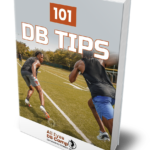 I go more in depth and give a ton of great footwork tips for you to bank on in my book 101 DB Tips. It’s the ultimate reference guide for DBs of all ages hitting on topics like footwork, technique, coverages, training, eye discipline and more. Pick up your copy today and 10x your on field production. Click here to get yours.
I go more in depth and give a ton of great footwork tips for you to bank on in my book 101 DB Tips. It’s the ultimate reference guide for DBs of all ages hitting on topics like footwork, technique, coverages, training, eye discipline and more. Pick up your copy today and 10x your on field production. Click here to get yours.
